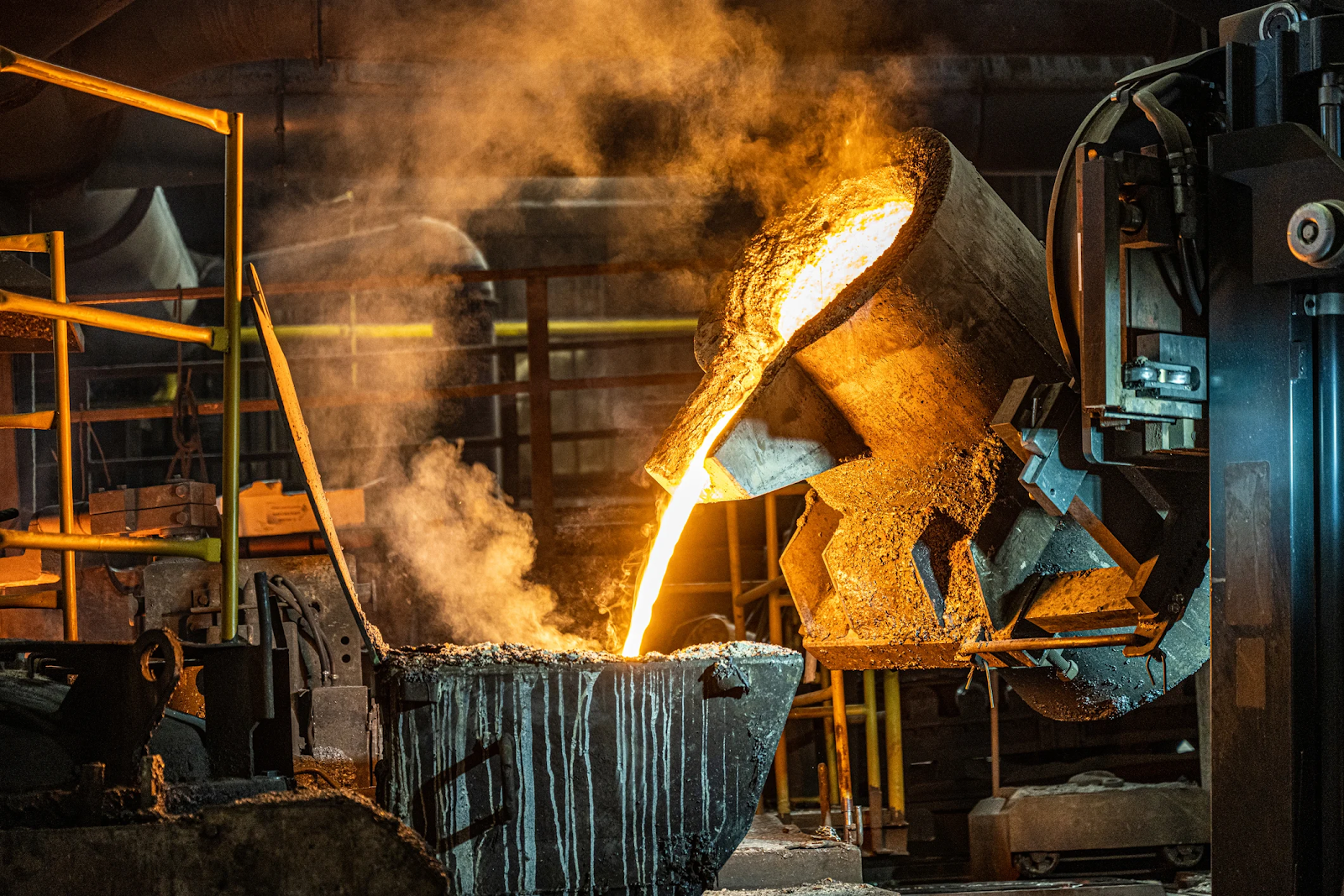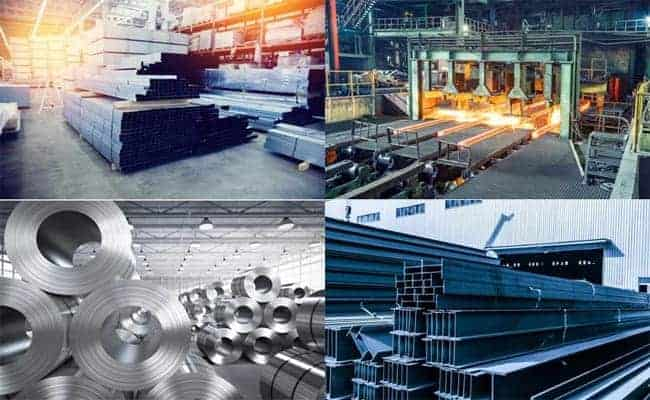Understanding the Production Process of Steel Manufacturing
Steel plays a critical role in modern infrastructure, construction, and industrial applications. The production process of steel manufacturing involves multiple stages that transform raw materials into high-quality steel products. This blog provides an in-depth understanding of the steps involved, highlighting key aspects such as steel manufacturing companies, steel plate manufacturers, and sheet metal production.
1. Raw Material Selection and Preparation
The steel production process begins with sourcing raw materials such as iron ore, coal, and limestone. These materials are carefully selected to ensure the desired quality of steel. In addition to these, alloys like ferroalloys play a vital role in enhancing steel's properties. For instance, monitoring the ferro silicon price and ferro silico manganese ensures cost efficiency during production.
2. Ironmaking Process
The first major step in steel manufacturing is converting raw iron ore into molten iron. This process is carried out in a blast furnace, where iron ore, coke (a carbon-rich substance), and limestone are heated at high temperatures. The result is molten pig iron, which serves as the primary raw material for further refining.
3. Steelmaking Process
Once molten iron is obtained, it undergoes the steelmaking process, where impurities are removed, and alloying elements are added. This can be done using two primary methods:
Basic Oxygen Furnace (BOF): Molten iron and scrap steel are combined, and oxygen is blown into the mixture to remove impurities.
Electric Arc Furnace (EAF): Scrap steel is melted using high-powered electric arcs, making it a more energy-efficient process.
At this stage, the production of tmt steel begins. Thermo-mechanically treated (TMT) steel is widely used in construction due to its strength and durability.
4. Casting and Solidification
After refining, molten steel is poured into molds for casting. The casting process results in semi-finished steel products such as billets, slabs, and blooms. These semi-finished forms are essential for further processing into various steel products. For instance:
Steel plate manufacturers produce thick and durable plates for construction, shipbuilding, and heavy machinery.
Sheet metal production involves rolling steel into thin, flat sheets used in automotive, appliance, and roofing industries.
5. Rolling and Forming
The semi-finished steel is further processed through rolling mills to achieve the desired shapes and sizes. Rolling can be classified into two main types:
Hot Rolling: Steel is heated and passed through rollers to form plates, sheets, and rods.
Cold Rolling: Steel is processed at room temperature to achieve precise dimensions and smooth finishes.
Products like stainless steel tubing suppliers provide tubes and pipes that undergo cold forming processes, ensuring high-quality and corrosion-resistant solutions for industrial applications.
6. Heat Treatment and Finishing
Steel products often undergo heat treatment processes such as annealing, quenching, and tempering to enhance their mechanical properties. Once treated, finishing processes like cutting, coating, and polishing ensure the products meet industry standards.
For instance, determining the steel rod price depends on its treatment process, quality, and market demand. Steel rods are essential in reinforcing concrete structures and other construction projects.
7. Quality Control and Testing
Throughout the steel manufacturing process, rigorous quality control measures are implemented. Modern technologies ensure steel products meet required standards in terms of strength, durability, and composition. Testing methods like ultrasonic testing, tensile testing, and chemical analysis validate the steel's performance.
CONCLUSION:
The production process of steel manufacturing is a complex yet essential operation that supports numerous industries. From steel plate manufacturers and sheet metal production to tmt steel and stainless steel tubing suppliers, each step is designed to meet the diverse demands of construction, manufacturing, and infrastructure. By closely monitoring factors like the ferro silicon price, ferro silico manganese, and steel rod price, manufacturers can ensure cost-effective and high-quality steel production.
For reliable steel solutions, A One Steel Group stands out as a trusted name in the industry, offering premium products that cater to diverse needs.





Comments
Post a Comment